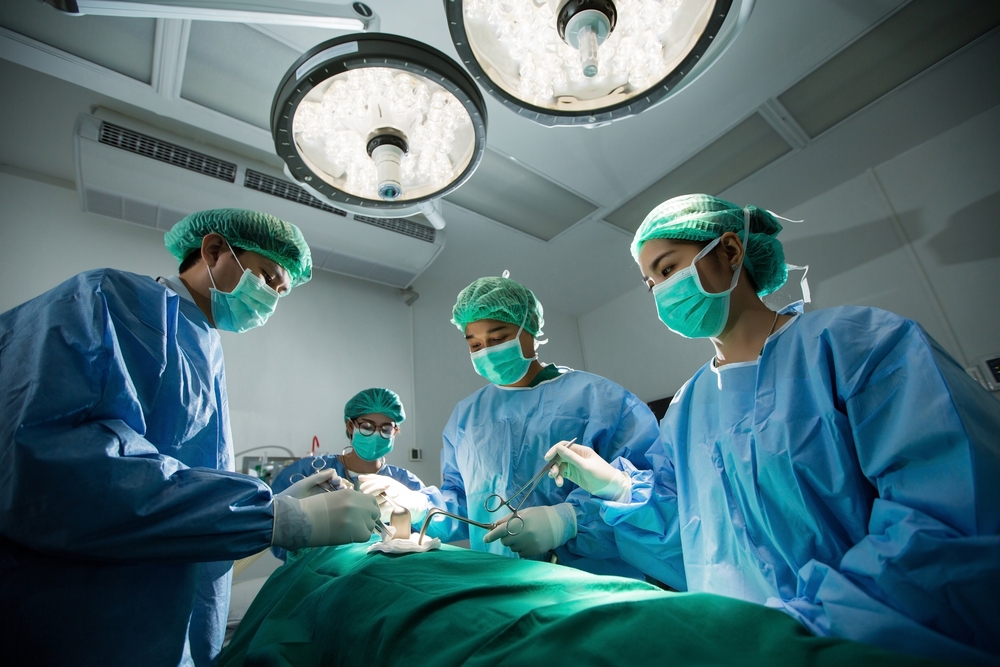
Some time ago, a case in the garden triggered extensive discussion. It is reported that the case was a replantation operation of a severed limb in the 89 Hospital of the Chinese People’s Liberation Army, which took 17 hours to complete and all 6 segments and 9 severed fingers survived.

Replantation of severed limbs (fingers) is not a myth.
Colleagues familiar with the development of trauma medicine may all know that as early as 1963, Academician Chen Zhongwei and others of our country reported the case of replantation of severed limbs for the first time, and successfully carried out replantation of severed fingers in 1965. Subsequently, replantation of severed limbs was widely valued and popularized.
With the introduction and improvement of microsurgical techniques, the technical level of replantation of severed limbs in China is even more advanced in the world. Up to 1984, according to the statistics of Academician Chen Zhongwei and others, the total survival rate of replantation of severed limbs in China was 83.9%. In 1986, 10 fingers were completely severed and all survived, and the successful replantation of multi-segment severed fingers was reported even in 1989.
This shows that the operation in the above example is not very surprising to China’s outstanding hand surgeons.
Where does China’s good technology come from?
So, why is China’s replantation technology of severed limbs (fingers) so excellent?
First of all, everyone must think of the large population base. Once the replantation technology of severed fingers is carried out, Up to the top three, down to the village health centers are learning this technology. As of 2003, there were more than 60,000 cases of amputated limbs replantation nationwide, while in contrast, only 2% of hospitals in the United States are willing to do amputated finger replantation, with an average of more than 10 units per hospital per year. A large amount of training has certainly improved the technical level of our country.
On the other hand, influenced by the traditional culture of our country, some patients care more about the integrity of appearance than the recovery of function, and our doctors also relax the indications for replantation of severed limbs (fingers) in pursuit of [beautiful operation].
Evidence from preoperative evaluation of replantation of severed limbs (fingers):
It is not enough that the operation is done beautifully.
As early as 2003, Professor Cheng Guoliang mentioned in his discussion on replantation of severed limbs (fingers) that the functional recovery after replantation in China is still unsatisfactory.
However, postoperative complications such as long-term swelling of finger body, local stiffness, active extension and flexion dysfunction are still very common in replantation of severed limbs (fingers) in our country, and finger abdominal collapse and finger insensitivity are not uncommon.
The success of replantation of severed fingers cannot be separated from exquisite surgical techniques, but it cannot be separated from postoperative functional exercise. Although the first replantation of severed limbs mentioned above took 8 hours to complete the operation, it took several months to restore the function of severed limbs after operation.
Replanted limbs should be amputated if they are not functional, and patients are often unwilling to amputate and wear prostheses once replantation survives. Therefore, it is too early to say [go down in history] before complete postoperative exercise and rehabilitation treatment are completed.
-
One week after the operation, the affected limb should be strictly bedridden, the affected limb should be raised, smoking should be strictly stopped and kept warm, close observation should be made while anti-inflammatory, anticoagulant, anti-spasm and analgesic treatment should be carried out, and timely treatment should be carried out when vascular crisis occurs, so as to ensure survival in the early stage.
-
2 ~ 3 weeks after operation, each joint can be gradually moved passively to adjust to the functional position to avoid obvious pain. At this time, infrared irradiation, ultrashort wave electrotherapy and other methods can be properly intervened.
-
Kirschner wires that fix joints are often pulled out 4-8 weeks after operation. On the basis of passive activities, patients can be guided to start active exercises such as flexion and extension, clenching fists, etc. When the activities reach the maximum, appropriate force should be continued to prevent the occurrence of tendon adhesion.
-
The initial healing of long-term fracture after operation can increase passive activity and anti-resistance movement, promote muscle strength recovery and improve joint active mobility through gradually increasing anti-resistance training.
In a word, replantation of severed limbs should aim at functional replantation and restore function to the greatest extent.
When medical staff realize the importance of each link, it is the ideal treatment that can truly solve the pain of patients and bring benefits to society.
Finally, dingxiangwang asked about the follow-up of the cases in the 89 hospital of the Chinese people’s liberation army. According to the reply of the relevant doctors, [the survival of severed fingers, follow-up rehabilitation and functional exercise are currently underway, because there are disputes, and the results of functional recovery are waiting for the time being.]
